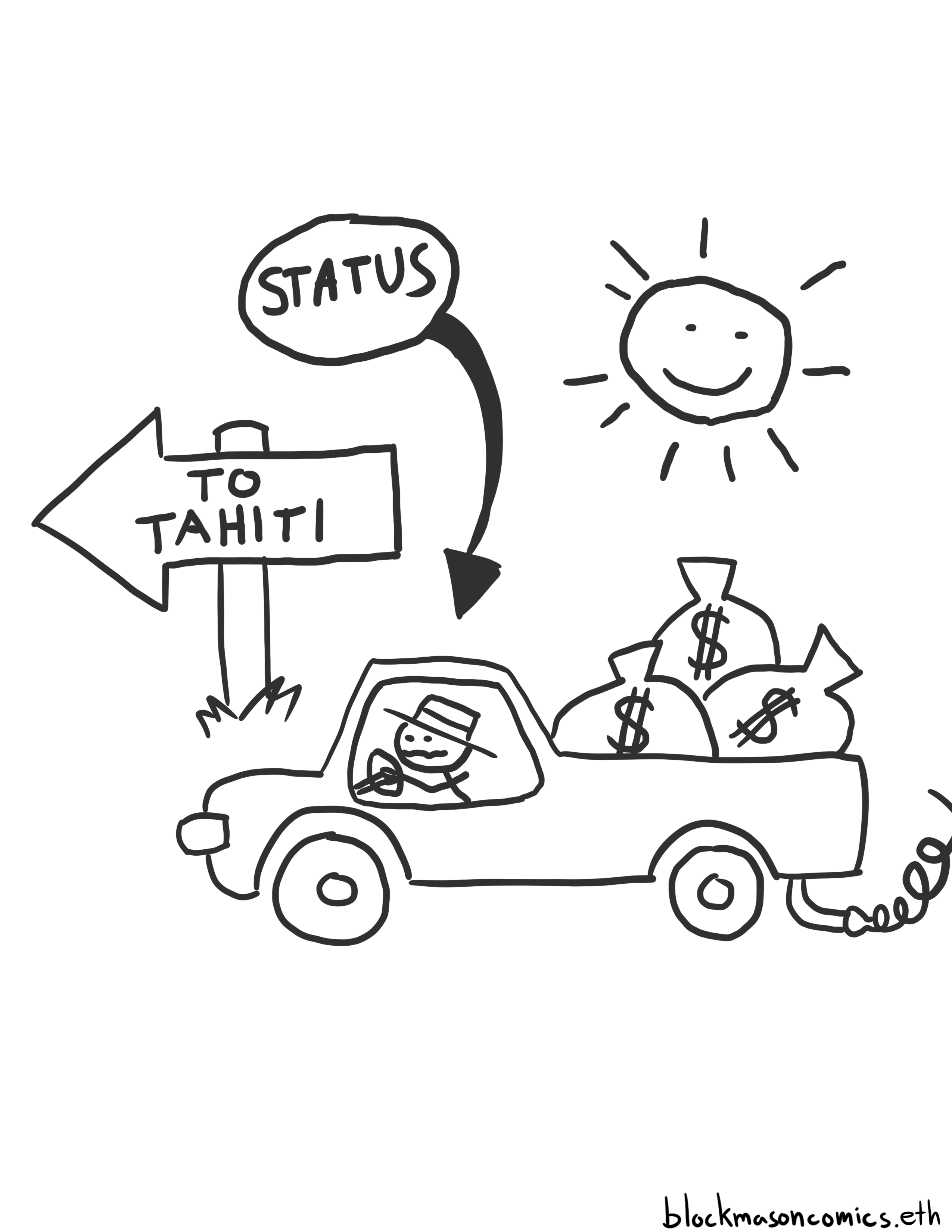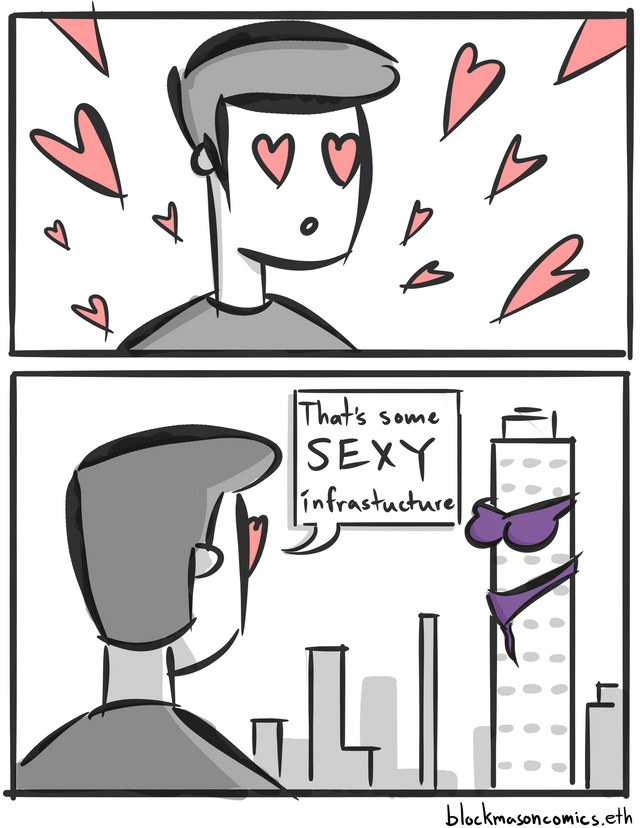Where Are The Ethereum Dapps?
If you’re new to the blockchain ecosystem, you probably have one big question: with so much money flying around, why doesn’t anything work?
For a technology that many claim will bring a technological revolution, the Ethereum blockchain is not super interesting on a daily basis. Sure, people are making money—trading tokens and investing in ICOs and betting on the market—but none of that delivers on Ethereum’s promise to fundamentally alter the way we live. Where are the upended banks or unemployed lawyers, made irrelevant by secure and decentralized smart contracts? Where is blockchain voting or identify verification or global social security, which were promised to us?
The main issue, of course, is that all this technology is still new. The necessary infrastructure has not been developed to enable the big, world-changing, brain-melting dapps of the future. But who’s at fault here?
On one hand, developing new technologies takes time. It is impossible to know while working on a project every impending obstacle, especially in such a complicated and ever-changing field. We would be remiss to not acknowledge the skilled developers working everyday to better the ecosystem. However, there are also many companies who have focused more on making money or generating attention than on developing working products.
Over $1.7 billion dollars have been raised in ICOs this year, and only a small fraction of companies have had a working product in place at the time of their token sale. This process is riddled with basic incentive issues—with so much money in the pocket, and no legal obligation to deliver on their promises, what reason do companies have to work hard and create good products? It is this system that allows Status to raise over $100 million in one day, and still not deliver a reliable mobile dapp browser.

Other companies have suffered from opening ICOs that promise pie-in-the-sky ideas before the necessary infrastructure has been developed. Filecoin set a record with over $252 million dollars raised, though it’s anyone’s guess about when their product will be operational. Even Augur, the decentralized prediction platform that was once the darling of Ethereum advocates everywhere, has yet to climb out of the pits of beta. Other cool ideas like Dent, a marketplace for mobile phone data, are likely years from full platform realization. The community in general has focused on porting existing products to the blockchain (i.e Lunyr or even Steemit, which we love, but is far from realizing Steem's greatest potential) instead of developing new products that take advantage of what the Ethereum network is capable of right now. While lots of money is moving around, it’s money moving in the wrong directions.
So, what is Ethereum already good at? Obviously, it’s good at moving cash. Right now, if you look at State of the Dapps, the large majority of working applications are either for betting, gaming, or facilitating the movement of ether. The blockchain, however, has another very powerful capability already embedded within its current functionality—the storage of high value, infrequently changed data. On Medium, we discussed the possibility of storing medical records on the blockchain, and the network is ripe for protocols that store other similar high value, static information, like test scores or asset counts. And, in lieu of such applications, the blockchain needs companies that are willing to invest in building high-quality infrastructure that will enable future development, even if that infrastructure isn’t necessarily sexy.

BlockMason has already released two-fully functional applications for the Ethereum network and has recently announced a third. The first, Foundation Manager, falls under the infrastructure category—an Ethereum address compiler that forms a necessary component for any application that wishes to integrate multiple addresses into a single identity. Because we believe in the value of such infrastructure, we released Foundation for free. Second, we announced Friend in Debt, a creative and simple application of Ethereum’s native fintech tendencies. However, it is our third application, Giftchain, which represents a potential path forward for future developers. While the idea may seem simple—an application for minting gift cards and tracking customer loyalty on the blockchain—it leverages Ethereum’s two greatest assets in one easy to use program, creating value where it didn’t previously exist.
It is an application that can only exist on the blockchain, and that is where the community should be moving.
Note: While we originally published this article on Medium, we wanted to make sure our blockchain content appeared on this awesome platform as well. Don't worry, we'll publish tons of new articles here too!
I completely agree. People are too obsessed with putting everything on the blockchain, that they don't stop to think "What can we do on the blockchain that we can't somewhere else?"
@blockmason,
thank you for educating us in the world of Ethereum!!!
Keep Sharing,
🎀 @theprettysoul 🎀
aaaah I finally understand how people can monetize medical records and other static data.
Thanks for the article, have a upminnow!